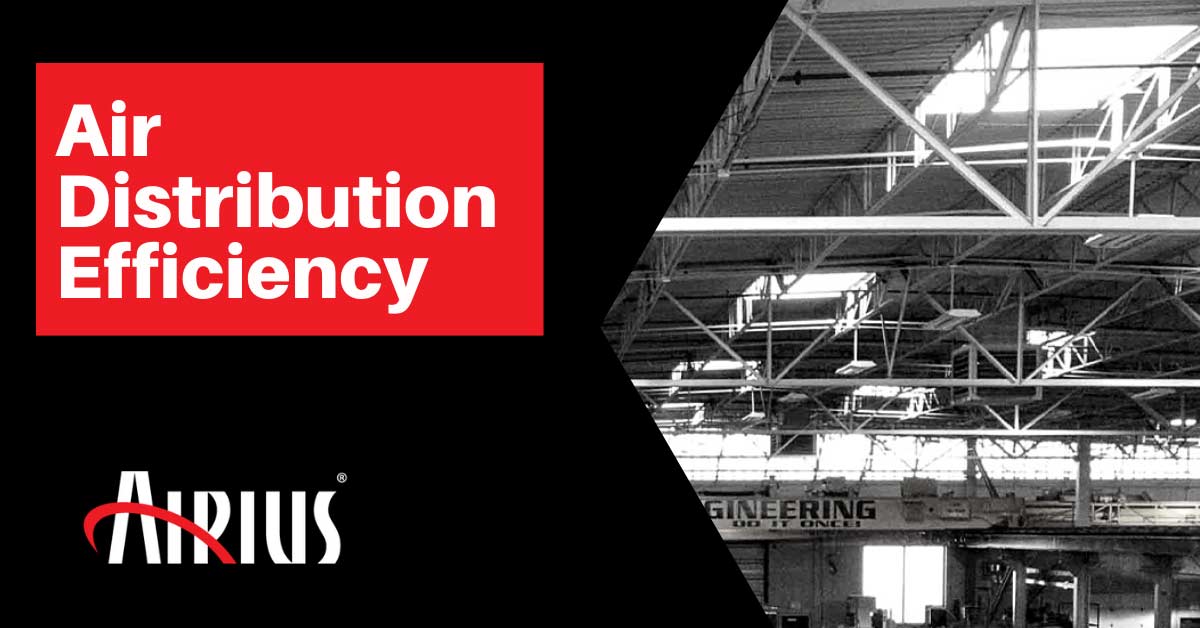SUMMARY
Air movement, is an important consideration for increasing a building’s comfort and efficiency. Thermal stratification is a natural process that causes air to layer. Hot air rises to the ceiling, forcing cooler air to the floor. A destratification fan can help normalize temperatures and saving energy.
How do Destratification Fans Impact Air Distribution?
Stratification is a huge energy cost in buildings: up to 35% of your heating bill. Using destratification fans alongside your HVAC system allows for proper air distribution. During heating, destratification fans redistribute warm air from the ceiling to the floor. During cooling, they circulate cool air to prevent hot and cold spots. This normalizes the temperature at your thermostat. Your thermostat then has an accurate picture of the building temperature.
It’s no surprise that you will save money by installing a destratification fan. This system can reduce a company’s energy cost and lower energy bills anywhere from 20% to 70%. It also makes for a more comfortable work environment. Areas with heat gain from machines or people see a particularly good benefit from increased airflow.
The Carbon Trust recommends destratification to reduce carbon emissions. It’s a cost-effective step you can take to make the business even more eco friendly.
What is a Destratification Fan?
Destratification fans, recirculate air through your building. They blow warm air back down to ground level, creating better air distribution in a building. As air from a heater rises, it increases both the temperature and rate of heat transfer at the roof. Air from an air conditioner is heavier, sinking to low points in a building, trapped in “cold spots.” When this happens, businesses are expending more energy and resources than necessary.
Things to Consider with a Destratification Fan
- Building Requirements – Will the building be able to have a fan installed in the ceiling? For suspended ceilings, a.k.a. false or drop ceilings, consider the Suspended Series by Airius. Open ceilings with exposed structure have a wider range of options, such as the Air Pear or Designer Series
- Noise level – You may need a specific fan when considering your building requirements. Consider the Q Series by Airius for quiet operation up to 40ft.
- Fan mounting – Can the fan be adjusted for height, and where can it be angled? Positioning the fan in the right place will help avoid drafts or pinpoint airflow where needed.
Take full advantage of destratification fans by considering these factors. Consult your local architect, engineer, or ESCo to select a fan that will suit your installation, or contact Airius Sales.
Sources:




Leave A Comment
You must be logged in to post a comment.